Blog
The types of redundancy
Nowadays, it would be hard to imagine a world without the possibility to access our social media accounts, our data or any services on the internet. To provide data these services, it is essential that data and internet-based services are secured and made available, and this is what data centers are responsible for.
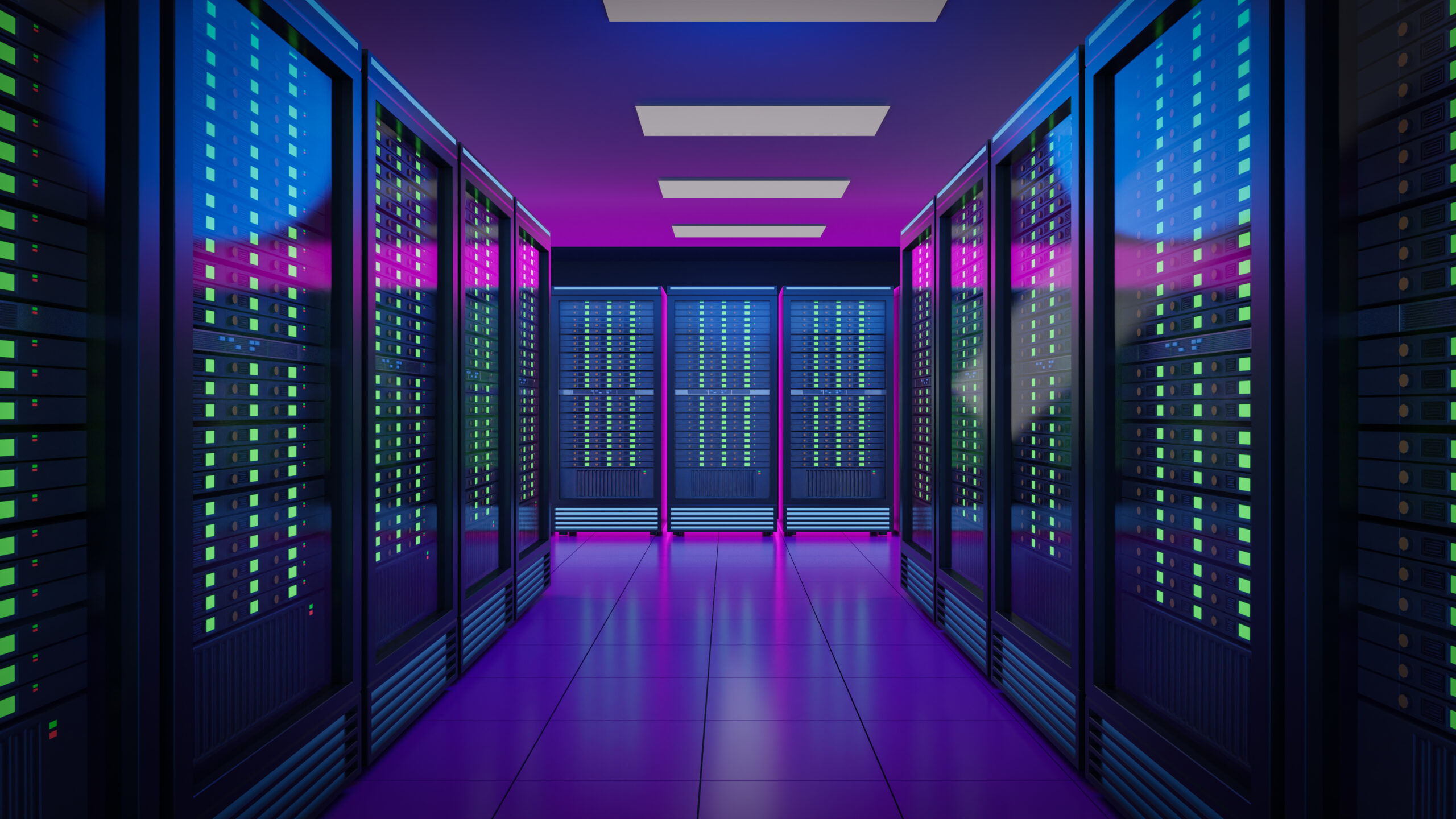
The most obvious problem for data centers is downtime, and this is the main driver for redundancy, i.e., redundant systems. Among the many solutions for this problem are the power supply of these data centers, cooling systems or even the point of entry for telecommunication. Redundancy in data centers is a system design, which allows us to replace one component by another component. This means, that the high-security data storage can continue to operate without interruption in the event of a power or equipment failure, or any unexpected effect. Redundancy N: This is to show the degree of redundancy. We use several components in parallel, so that if one of the components fails or goes down, then the other can take its place. The letter N represents the number of devices/feeds that are necessary for normal operation. N+1 redundancy: This level of redundancy means that an additional is added to the components in use as a backup, so there is a spare element on which to rely in the event of a system failure or maintenance.
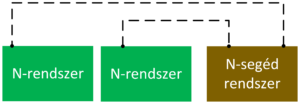
The point of the 2N system topologies is to feed a critical load to two equivalent, independent systems. So, if our critical system needs four cooling blocks to operate without any problems, eight cooling systems with 2N redundancy can be used. With this solution, should one or more of our priority systems fail, a backup system would be able to replace it. Our goal is to ensure that the system that needs to be protected does not detect any failure.
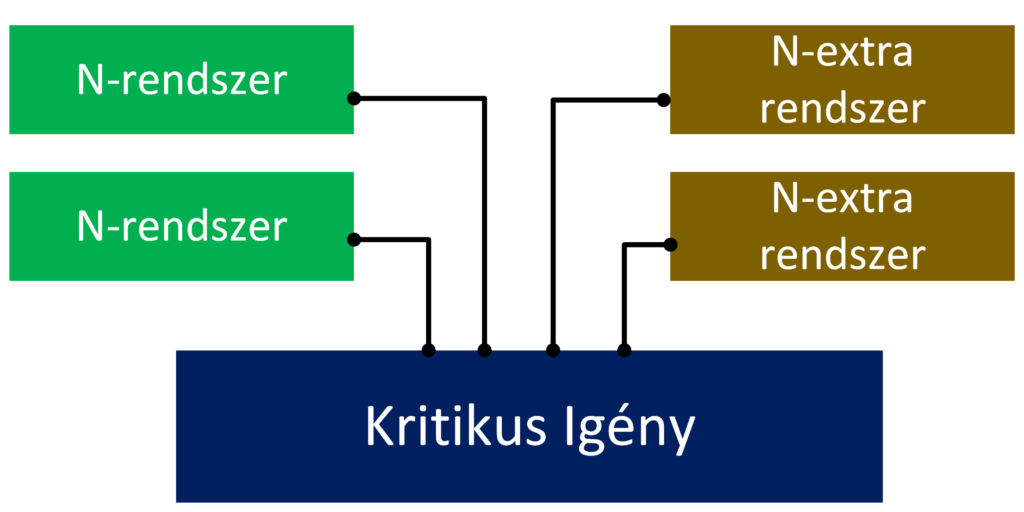
We can rightfully ask the question whether these systems are budget-friendly or not. Not only is the installation process of a completely mirrored system costly, but so is the operation of it. Besides all of that, there are some clients for whom high security is extremely important, such as the public health care system or the financial partners. For them this luxury is essential.
Following the previous analogy, Shared Redundancy Systems can also be called 3N/2 systems. The point of this type of redundancy implementation is that the data center’s critical systems are distributed across multiple supply points. So, for instance, a critical system with a demand of 8MW power is supplied by four 2MW secondary systems.
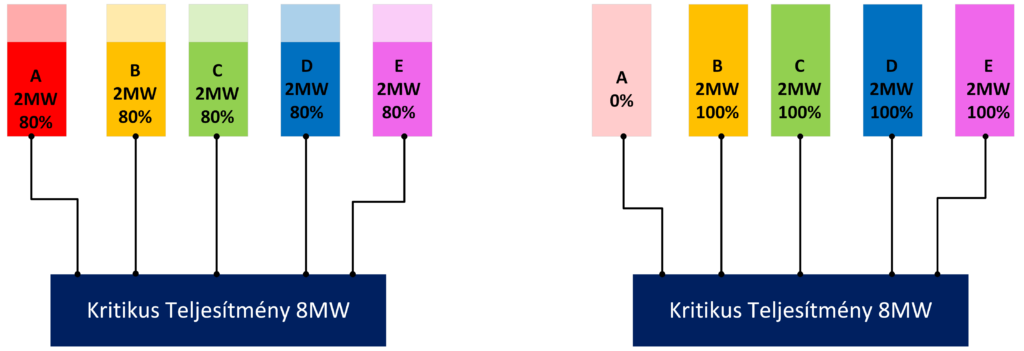
This in itself is not foolproof. We can make it so by distributing the total performance in a different way. The point of the solution is to use an extra block that has the same performance, then to distribute the whole critical system. This way, none of the secondary systems will be operating at nominal power, so in the event of a failure, the remaining systems can still take over the power demand of the loss.
Following the previous analogy, when it comes to block redundant systems, five subsystems are used for the demands of the four critical systems. With this solution, if one of our subsystems A; B; C or D fails, we can switch to the backup system R. Under normal circumstances, the backup system R is not operational.
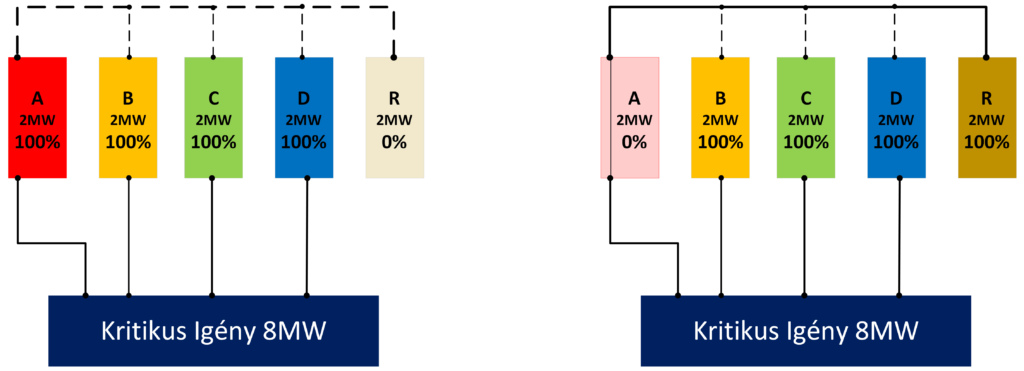
Its role is to kick in when one of the subsystems shuts down. Its advantage in contrast to the shared systems is that it can be more easily expanded in the future, and the distribution of demand can be more easily defined and managed.
There is no right or wrong redundancy system for solving the secure service issue, as every situation is different.
Author: Ádám Horváth, electrical engineer
Recent posts
Introduction to Electrical Design in University Education
The building electricity design project at the Kandó Kálmán Faculty of Electrical Engineering at Óbuda University provides an excellent opportunity for students to gain practical experience. Once students have completed their educational project, they will have the opportunity to join our internship programme.
#mutiholdolgozol day (Showuswhereyouwork) in our office
On 3 April, we held a very special day at our architects' office, in connection with the #mutiholdolgozol campaign. It was a day where the children of our staff could get an insight into our work and experience what their parents' workday looks like.
Automating AHU Family Creation
Our collaboration with Rosenberg Gmbh exemplifies our dedication to delivering customized solutions that enhance the efficiency of Air Handling Unit (AHU) design for mechanical engineers. Through careful planning and expertise, we've crafted a tailored tool that simplifies the integration of AHU designer software with Revit content, easing the workload for mechanical engineers collaborating with Rosenberg Gmbh
NOT-SO-FANTASTIC ARCHITECTS AND WHERE TO FIND THEM
Last week, our colleagues took part in another career orientation day entitled NOT-SO-FANTASTIC ARCHITECTS AND WHERE TO FIND THEM, presenting the designing profession to the interested students of Babits Mihály Gimnázium.
We participated at a Professional Expo at BME’s Cultural and Professional day
Our engineers participated at BME’s Cultural and Professional day, which was organized by BME's Faculty of Civil Engineering.
Our BIM Studio leader presented at a BIM Talk Event
In November, the KÉSZ Group held its BIM Talk Event, where professionals within the Group interested in BIM took part in high quality presentations and participated in interactive round table discussions. Zsolt Oláh, STUDIO IN-EX’s BIM Studio leader was invited as a presenter.

